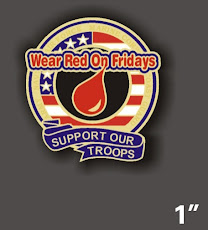24 Similarities Between Girls and Fish
According To Barney Stinson
1. Both are attracted to shiny objects
2. More fun to catch while drinking
3. Neither travel well
4. There are others in the sea and/or bar
5. Three word: catch and release
6. Both travel in protective groups
7. Small bladders
8. The deeper you go, the scarier they get
9. Their weight largely determines their value
10. EDITED: My lawyer has requested that I remove this one…
hint: crabs
11. They get all ornery if you try to grab their tail
12. Bears will eat either of them
13. Sometimes I likes’em wild, sometimes I likes’em
farm-raised
14. You must document great catches or no one will believe
you – video preferred
15. Easier to reel in if you let them wear themselves out
first
16. Seen the movie Splash?
Case closed
17. Cold blooded.
18. Neither can operate a vehicle
19. They both eat things
20. The harder they shake their tail, the farther they’ll go
in life
21. Scales are important to each of them
22. They never have to buy drinks
23. Umm… Eggs? Duh
24. Can hook either with a great line
And like Sushi, they are good to eat raw... Coffeyism!








